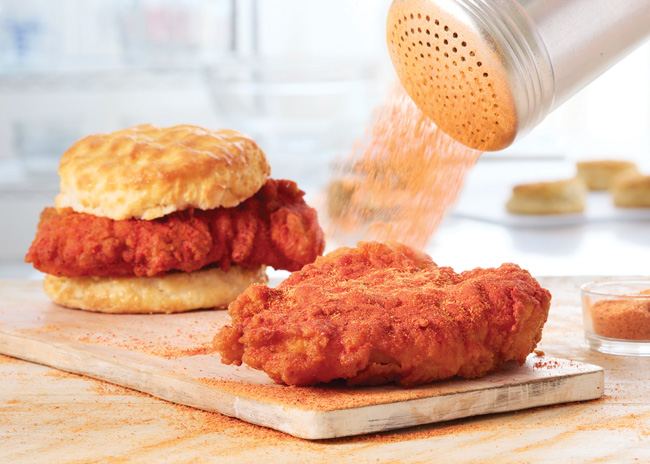The momentum behind all-electric kitchens grows, but it’s no simple switch.
One thing we know for sure: Restaurants of the future will continue to solve consumers’ needs and desires for alternatives to cooking and eating at home.
Budget, ROI and thinking through operational aspects all come into play when considering environmentally friendly equipment specifications.
The waste discussion is back — or getting bigger than ever before, perhaps. This is according to Joe Sorgent, director of sustainability for Cini-Little International Inc., who started as a waste consultant back in the early 2000s.
The intersection of aspiration and reality often conjures up a visual image that evokes a busy roundabout funneling traffic.
When it comes to keeping kitchen equipment running well, many of the same rules, like keeping units clean and having them serviced regularly, apply to all types of operators. Other advice, though, can be very segment specific.
Explore a range of efforts from nine varied restaurant chains that promote a level of eco-consciousness.
The atypical foodservice climate, with record-high inflation, unprecedented labor challenges and lingering supply chain disruptions, continues to impact today’s menus.
It’s an annual tradition! For the last couple of Decembers, FE&S has compiled top food and foodservice industry trends from various research reports to see how they might impact equipment, supplies and design in the next year. Here are our top five picks as the industry prepares to head into 2024.
Welcome to the new era of stadium — er, sports venue — foodservice.
A wider availability of low- and no-alcohol beverages has driven menu mentions and interest among consumers.
Tropical islands represent a favorite vacation spot for many, and those seeking a taste of the island life while at home continue to propel the popularity of these meals and ingredients on today’s menus.
Innovation and differentiation help chains hold their place in the pecking order.
High-tech solutions continue to surge as operators embrace digital ordering systems and no-seating formats. At the same time, traditional self-service food models — buffets — have reset, and legacy buffet operators are doubling down on that low-tech format.
Versatility is needed to accommodate different event types.
Speed and efficiency serve as the hallmarks of any foodservice operation, but for drive-thru stations, these factors become the difference between sinking or swimming.


















